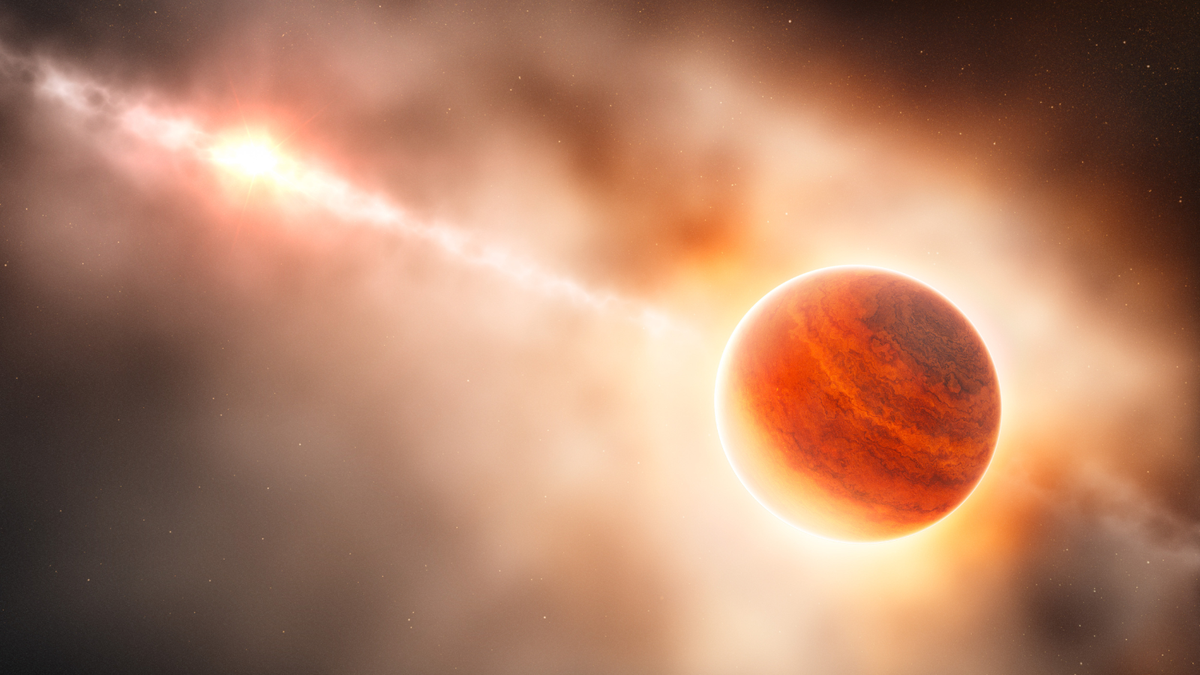
"If we manage to finally see these planets, we can connect some of the structures with forming companions and relate formation processes to the properties of other systems at much later stages. We can finally connect the dots and understand how planets and planetary systems evolve as a whole."
In the protoplanetary disk around SAO 206462, the team spotted the signals of a forming planet, but with a twist: It wasn't the planet they were expecting to see.
"Several simulations suggest that the planet should be within the disk, massive, large, hot and bright. But we didn't find it. This means that either the planet is much colder than we think, or it may be obscured by some material that prevents us from seeing it," Cugno continued. "What we have found is a different planet candidate, but we cannot tell with 100%
Read more: Visit website
No comments:
Post a Comment